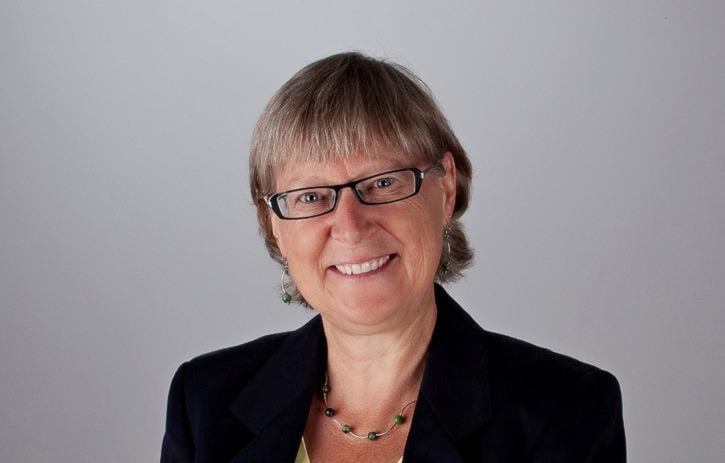By Cindy Pearce
Revelstoke placed in the top 10 per cent of communities in the most recent reporting on socio-economic conditions in B.C. – an annual reporting completed by BC Stats based on economic hardship, crime, health problems and education concerns. Revelstoke was one of only three rural areas in B.C. to reach this level.
Given the ongoing global financial difficulties, our local economy is doing well, in part because of its diversity. The local forest sector is almost fully recovered from the downturn in 2007 – and notably none of the local operations took downtime as many others did in the province. This is in part because the local businesses produce high value wood products, from a range of tree species, such as quality dimension lumber, beams, architectural wood and flooring – not 2x4s as from most interior mills.
As well, skier days at RMR and winter accommodation counts have ticked up every year, and are predicted to increase again this season, creating a growing winter visitor season. The new tourism infrastructure and marketing funding that we receive as a B.C. resort community has fostered some cooperative marketing, created the Stoke shuttle service and expanded our snowmobile, biking and Nordic ski trails and related buildings, among other things. Revelstoke is now buzzing with tourists in both the summer and the winter seasons with an estimated 14,000 people in town during busy days.
As the third leg of our diversified economy, CPR is also picking up as the economy recovers.
While economic conditions are improving locally, global financial conditions remain unstable. This creates uncertainty about the future, and a hesitance for investors to commit to new projects. This continuing uncertainty as well as the challenges of finding and retaining skilled workers, filling accommodations during the shoulder seasons and improving transportation links into the community are issues the team has been told need to be priorities for action in the ICSP.
From a social perspective several factors of our quality of life are better than most B.C. communities – serious crime remains comparatively low (though serious crimes have increased in recent years), we are relatively healthy and we’ve taken many steps to make life better for seniors – in fact Revelstoke was one of twelve communities to receive ‘Age Friendly B.C. Recognition’ for our efforts to support older residents in remaining healthy and active in the community.
We are also leaders in early child development, school-based education and literacy. This has been achieved through community-wide partnerships of local, regional and provincial organizations working together to support our kids and families. The recent Children’s Charter is an illustration of this commitment.
However, there are opportunities to improve social conditions in Revelstoke. Problem substance use and drug-related offences are growing issues. Finding affordable housing and the high cost of living are challenges for many residents, particularly given the seasonal nature of the forestry and tourism sectors. Opportunities and activities for youth are limited. And the mix of year-round working families and the growing number of seasonal workers and visitors can lead to conflicts.
In recent years, working in partnership with community organizations, the Revelstoke Social Development Committee – a group of social sector specialists, business representatives and citizens appointed by the City - has facilitated strategies to address substance use and poverty reduction and compiled resources for newcomers to Revelstoke. Okanagan College has taken leadership in crafting a Community Youth Assessment & Action Plan, resulting in a new Youth Initiative to improve opportunities for youth.
The Poverty Reduction Strategy reveals some important facts about socio-economic conditions in Revelstoke:
• 1170 family units or 32.4% of all households filing income taxes can be considered low income based on the actual cost of living in Revelstoke – not 17% of households based on government low income cut-offs.
• A two-parent family of four needs a total household income of $66,000 per year – before tax – to meet their needs in Revelstoke today. This means both parents have to be working all year making at least a ‘living wage’ of $17.75 per hour.
• Rental housing prices are the highest in the region, and are 52% to 150% higher than in 2006. Although the cost of purchasing housing has stabilized – though over 30% higher than before the resort announcement – property taxes continue to increase.
• Single individuals, particularly women, whose median income is nearly half that of men, lone-parent families and residents receiving Income Assistance and Disability Pensions are most frequently living below low-income levels.
• Food bank usage has increased dramatically with many current clients employed and most living in private rental housing.
The recent Community Survey was one of the first steps in creating this ICSP. It will provide more details on residents’ views about the community. The results will be available early in November.
Find out more about the ICSP, and the results of the community survey, and share your ideas about how to improve our local economy and social conditions at the upcoming Community Fair. Mark your calendar for November 27 at the Community Centre and plan to join us.
Cindy Pearce is a lead consultant on the City of Revelstoke’s Integrated Community Sustainability Plan team.
